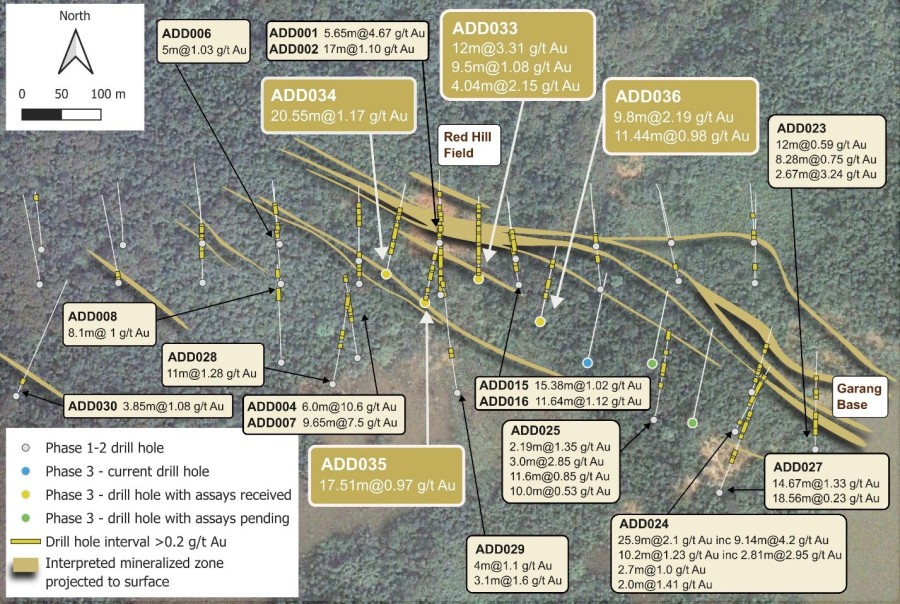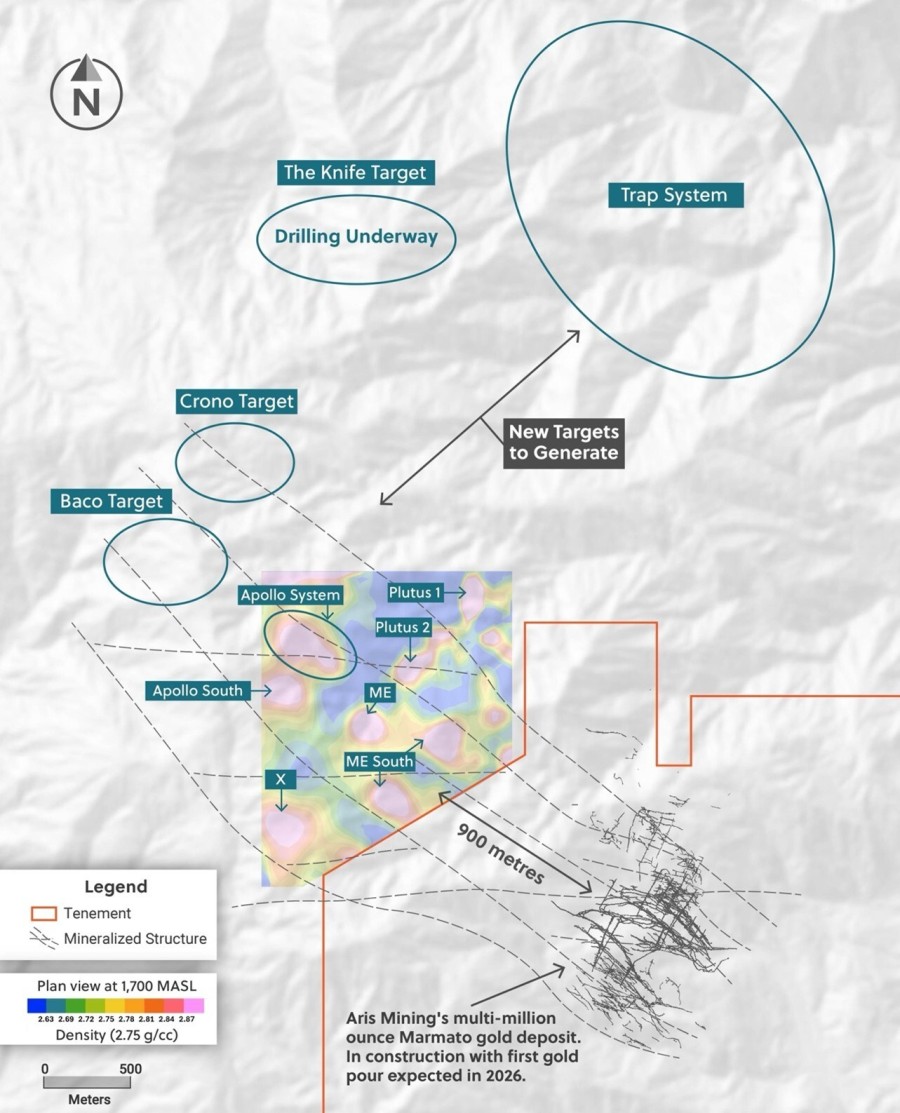KELOWNA, BC, June 28, 2017 /CNW/ - Cantex Mine Development Corp. (CD: TSXV) (the "Company") is pleased to announce its summer program on its North Rackla claim group in the Yukon.
Gold Targets
Cantex is planning to drill the Northern gold - lead - zinc - silver area with a core drill rig which is already positioned on its 100% owned North Rackla project. An initial five inclined holes are planned to penetrate a sandy bedded dolomitic capping rock unit into a mineralized stromatolitic dolomite unit. Trench, grab and float samples from the mineralized dolomite unit have previously assayed as high as 15.75 g/t gold, 11.0% lead, 32.5% zinc and 169 g/t silver.
Additional prospecting, soil-talus sampling and trenching is planned for four target areas that have preciously yielded anomalous gold values in soil-talus and rock samples.
Massive Silver, Lead, Zinc, Copper and Manganese Targets
Drilling of eight inclined core holes into the copper - lead - zinc - silver - manganese oxidized massive sulphide mineralization last fall indicates that the mineralization increases in grade and width with depth (see cross sections on www.cantex.ca). Thus, Cantex geologists expect that deeper drilling into the 80o northwest dipping mineralization should result in increased unoxidized grades and thicknesses over and above the deepest mineralized intervals intersected to date. This interval occurs in hole YKDD-0006 which include 4.05m (from 22.95m) of 21.1 g/t silver, 2.12% lead and 1.79% zinc; 5.7m (from 33.0m) of 137 g/t silver, 2.8% lead and 0.83% zinc; and 4.4m (from 43.7m) of 49 g/t silver, 5.35% lead and 5.99% zinc.
However, an analysis of the soil and rock geochemical results of the 3,000m long anomalous massive sulphide zone indicates that the most anomalous copper areas correspond with the most anomalous areas of manganese, silver and lead. The highest zinc anomalies accompanied with lead are typically peripheral to the areas most anomalous in copper, manganese, silver and lead. These results are consistent with the interpretation that areas most anomalous in copper, manganese, silver and lead represent the original fault controlled vents from which the mineralizing fluids ascended and precipitated the sulphide mineralization in shallow marine conditions.
Within the 3,000m strike length there are seven areas of highly anomalous copper, manganese, silver, lead and zinc in soil-talus which represent drill targets most likely to intersect the highest metal tenor. The soil-talus results have also identified a second parallel anomalous zone 1,200 meters northwest of the originally identified zone that contains an additional four strongly anomalous copper, manganese, silver, lead and zinc drill targets.
The highest copper, manganese, silver, lead and zinc results in soil-talus and rock samples within the zone occur 2,000m along strike to the northeast of where the drilling was conducted last fall. Trenching of this area last year yielded two parallel oxidized zones separated by approximately 10m. The first zone contained 15.7m of 36 g/t silver, 7.04% lead and 1.85% zinc including a 3m interval containing 107 g/t silver, 20.25% lead and 2.39% zinc. The second 5.6m zone yielded 54 g/t silver, 0.48% copper and 1.95% zinc including a 1.6m interval assaying 124 g/t silver, 1.01% copper and 2.40% zinc.
Cantex anticipates drilling into this zone which locally gives the highest copper, manganese, silver, lead and zinc soil-talus results of the entire survey. By drilling an inclined hole southeasterly through talus below this massive sulphide outcrop (NE-SW striking, 80o NW dipping) Cantex geologists expect to intersect fresh massive sulphide mineralization.
Cantex is presently seeking joint venture partners to earn interests by contributing towards funding the scheduled drill programs.
The technical information and results reported here have been reviewed by Mr. Chad Ulansky P.Geol., a Qualified Person under National Instrument 43-101, who is responsible for the technical content of this release.





